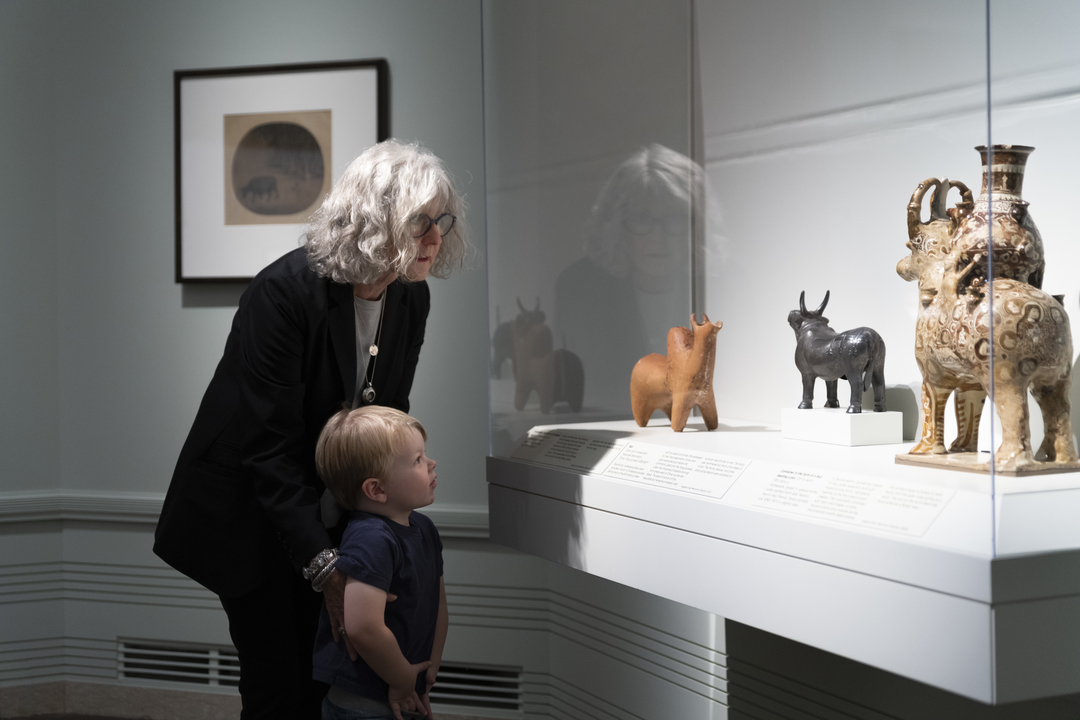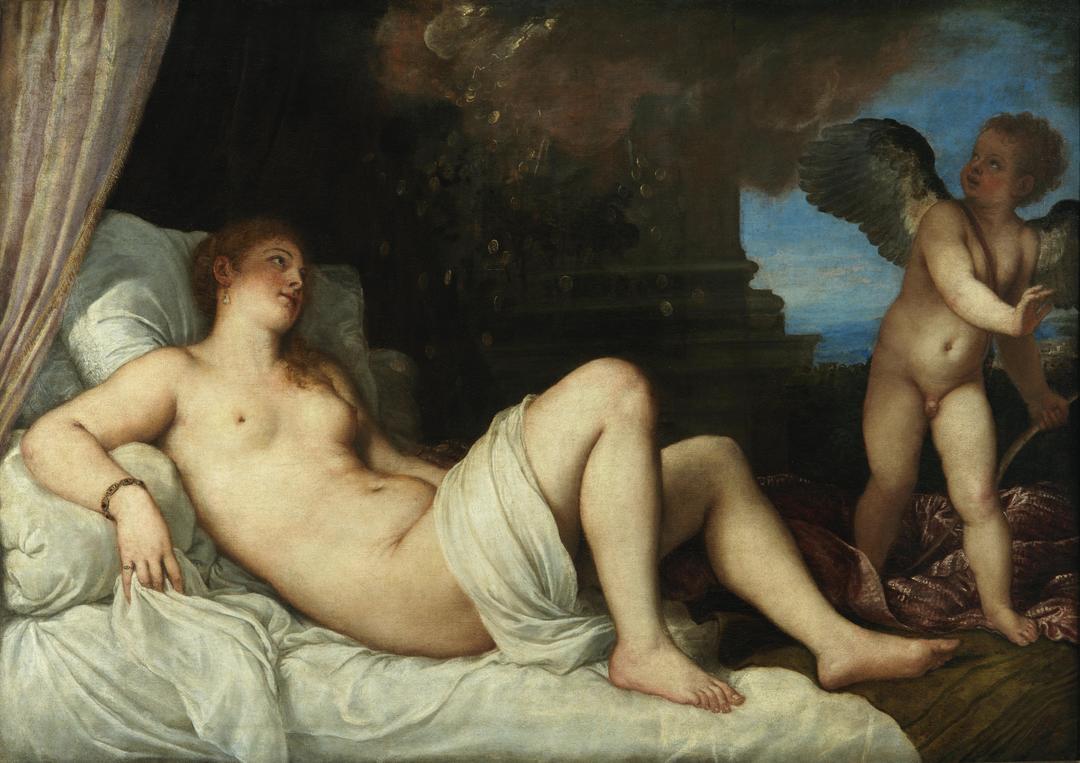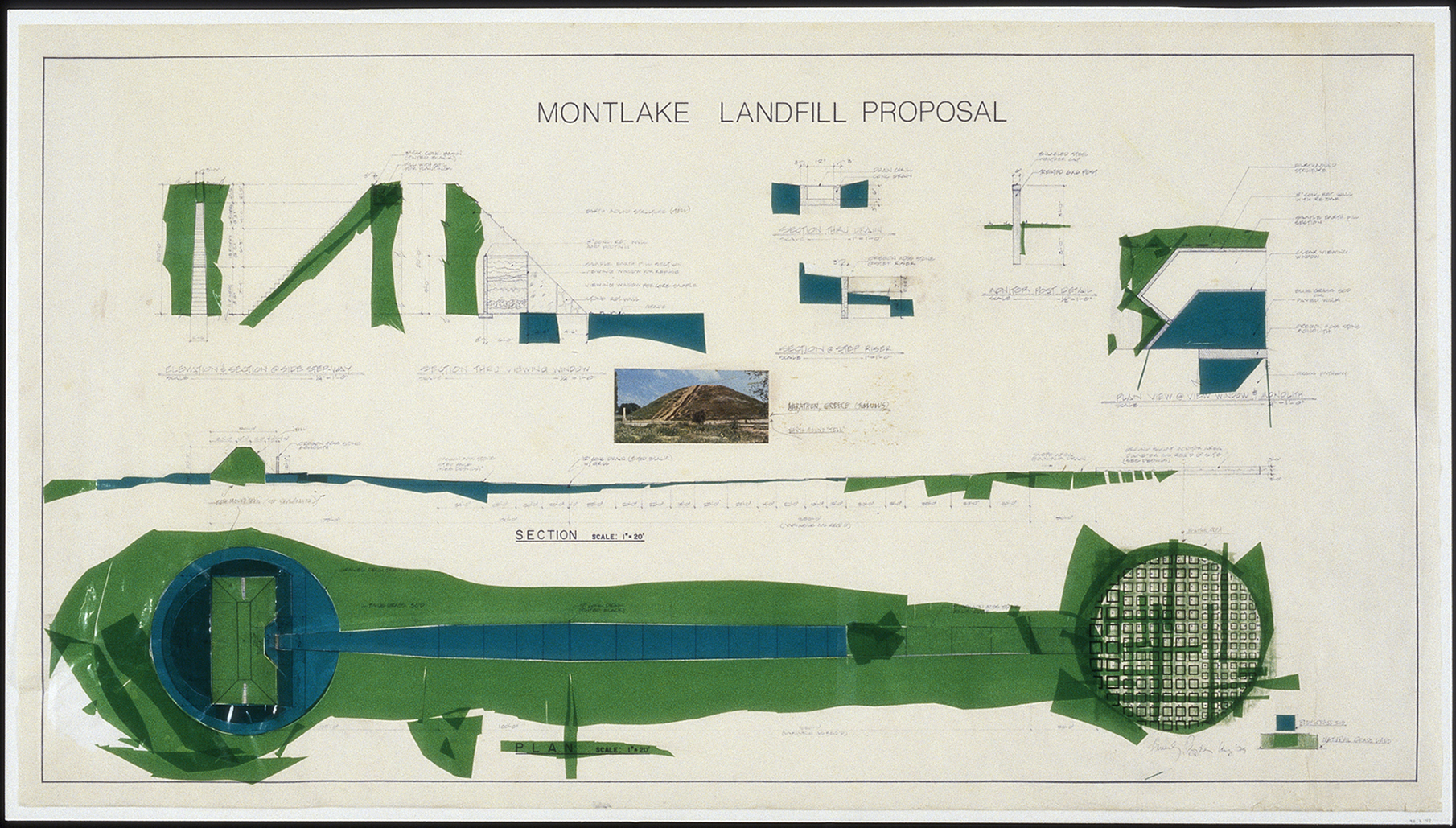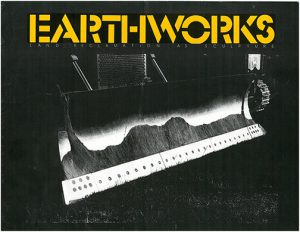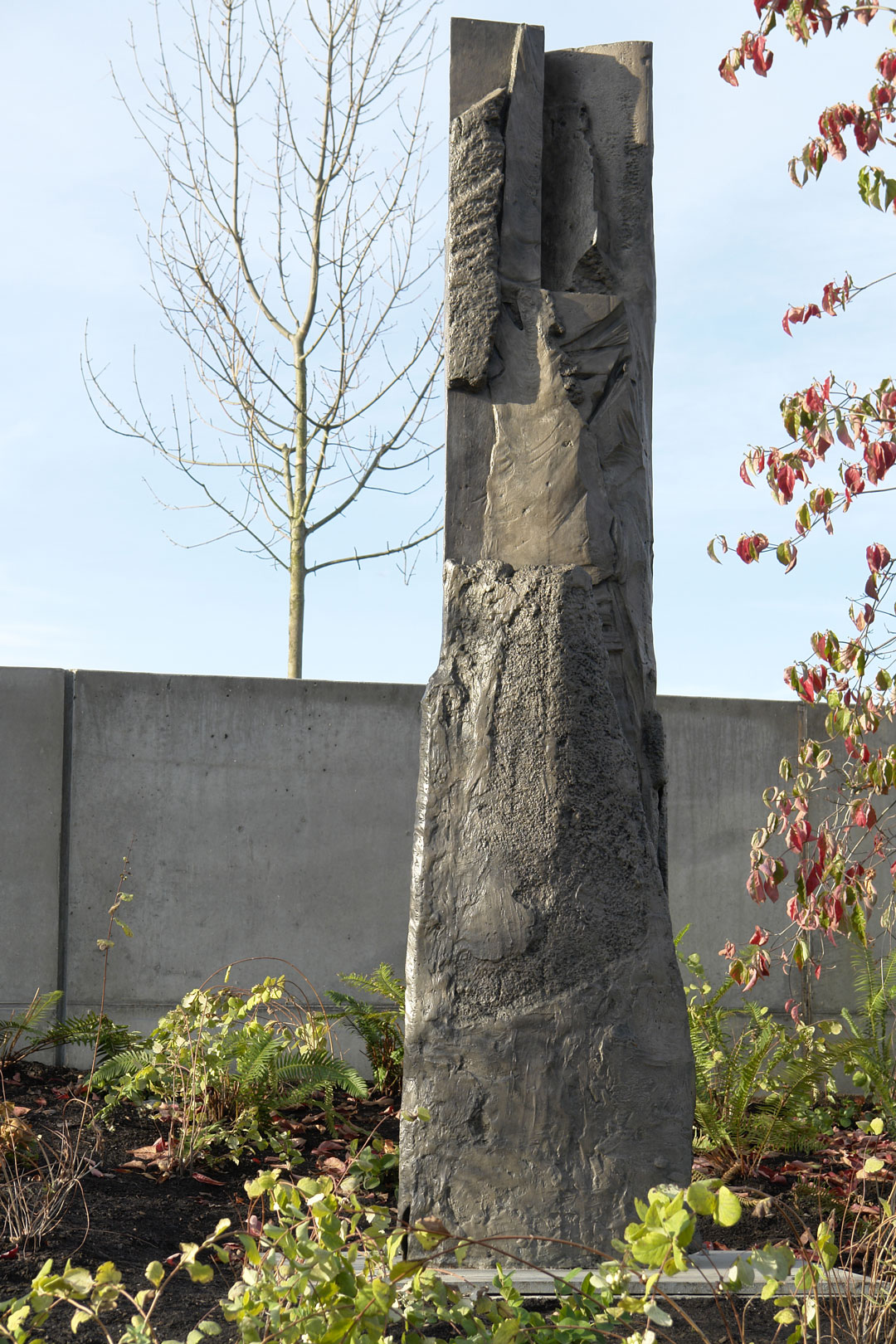Muse/News: We heart Asian art, keepers of the dream, and Parasite’s art
SAM News
The Seattle Asian Art Museum is officially reopen! Thank you to the thousands of people who streamed through the reimagined galleries at the free housewarming event last weekend. The museum starts regular hours on Wednesday, February 12.
“I felt freed, well, just to look”: Stefan Milne examines Boundless at the Asian Art Museum and The American War at ARTS at King Street Station, which both “explore how we see Asia.”
Seattle Refined shot a recent episode from the museum, including a fantastic segment with SAM curators Foong Ping and Xiaojin Wu (starts at :40).
And ParentMap’s JiaYing Grygiel has this charming look at the museum through the eyes of kids and families.
Local News
I Google this every Oscars season. Here’s a breakdown from the Seattle Times on those harder-to-understand categories.
The Stranger’s Charles Mudede on the work of Marisa Williamson, who has two shows on view in Seattle at SOIL Gallery and Jacob Lawrence Gallery.
Crosscut’s Margo Vansynghel on the new local documentary, Keepers of the Dream: Seattle Women Black Panthers, which premiered last Friday at Northwest Film Forum and will screen again on February 20.
“Women were critical to the survival of the organization,” [Robyn] Spencer says. “They were the movers, the shakers, the theorists, the thinkers, the organizers — they were keeping the party going.”
Inter/National News
Artist Beverly Pepper died this week at 97. Two of her works grace the Olympic Sculpture Park. Here’s Artnet’s obituary for the legendary sculptor.
Here’s Artnet on director Bong Joon-ho’s use of suseok, or “scholar’s rocks” in his Oscar-winning film Parasite.
The New York Times’ Roberta Smith on the late, Seattle-born painter Noah Davis, whose work is again on view in a “big, beautiful exhibition” at David Zwirner.
“Your eyes and mind enter them easily and roam through the different layers of brushwork and narrative suggestion. There’s an unexpected optimism to all this. The paintings also dwell in silence, slow us down and hypnotize.”
And Finally
Did you know that the Asian Art Museum will screen this film on February 26? Well, we will!
– Rachel Eggers, SAM Associate Director of Public Relations
